Does sharing a plate of spaghetti with your furry friend seem harmless? Many pet owners recall the iconic Lady and the Tramp scene, but real-life decisions require more than romanticized ideas. Let’s separate fact from fiction.
Plain cooked pasta isn’t toxic for pets. However, it offers little nutritional value. Think of it as empty calories that add no vitamins or minerals to their diet. Moderation is key—small portions occasionally won’t harm most animals.
The real danger lies in sauces or seasonings. Garlic, onions, and high sodium levels found in many recipes can cause serious health issues. Even a “tiny bite” might lead to stomach upset or long-term weight problems.
This article explores both risks and rare benefits of feeding pasta to pets. You’ll learn about safe preparation methods, hidden dangers in common ingredients, and how to prioritize your companion’s well-being. Let’s dig into the science behind this carb-loaded question.
Exploring the Impact of Pasta on Your Dog’s Diet
While pasta might seem like a harmless treat, its role in a pet’s meal plan deserves careful consideration. Let’s break down what’s really in that noodle bowl and how it affects furry companions.
Nutritional Components of Pasta
Most pasta recipes combine three simple ingredients: flour, eggs, and water. Whole grain varieties add fiber and minerals like iron, while refined versions lose these benefits during processing. The eggs contribute protein, but not enough to meet most pets’ daily needs.
Carbohydrates from flour provide quick energy. However, excessive carbs can displace essential nutrients from meat-based proteins in a balanced diet. Always check labels for additives like sodium or preservatives when selecting pasta products.
Empty Calories and Weight Concerns
Regularly offering pasta creates two problems. First, calorie-dense meals without nutritional value lead to gradual weight gain. Second, frequent carb-heavy snacks may reduce appetite for healthier foods containing vital vitamins and fatty acids.
For pets with specific dietary needs, consult a veterinarian before introducing new ingredients. Those needing safety tips for pet owners managing weight should prioritize protein-rich meals over starchy treats. Occasional small portions work best—think tablespoon-sized, not plate-sized.
Unpacking the Health Risks of Spaghetti and Sauce
That tempting swirl of noodles might hide dangers beyond empty calories. While plain pasta poses minimal threats, common additions like sauces transform this dish into a minefield for pets. Let’s explore why toppings matter more than the base ingredient.
Digestive Issues and Toxic Ingredients
Pasta sauces often contain ingredients that trigger immediate reactions. Spicy components or rich tomato bases frequently lead to vomiting and diarrhea within hours. Even bland-looking sauces may hide onion powder or garlic—substances toxic to animals.
Over 60% of commercial pasta sauces include at least one harmful element. These additives irritate the stomach lining, causing discomfort and dehydration. Repeated exposure increases risks of chronic digestive disorders.
Risks from Garlic, Onions, and Salt
Garlic and onions damage red blood cells, potentially causing anemia. Just 1/4 teaspoon of garlic powder per pound of body weight can trigger symptoms. Salt content in sauces also poses dangers—excess sodium leads to tremors or seizures.
Studies show 1 gram of salt per pound of weight becomes life-threatening. Watch for lethargy or excessive thirst after accidental ingestion. Always contact a vet if these signs appear post-consumption.
Plain noodles occasionally? Maybe. Sauced spaghetti? Better reserved for human plates. Prioritize pet-safe treats over sharing table scraps to avoid emergency vet visits.
Can Dogs Eat Spaghetti Safely? Essential Guidelines for Pet Owners
Sharing a noodle with your four-legged companion requires more than good intentions—it demands strategy. Let’s explore practical methods to minimize risks while satisfying curious taste buds.
Proper Preparation and Serving Tips
Always consult a veterinarian before adding human foods to meals. Pets with allergies or sensitivities might react unexpectedly to new ingredients. A quick call to your vet ensures personalized advice based on health history.
Cook pasta in plain water without salt, oil, or seasoning. Drain thoroughly and cool completely before serving. Use a separate plate to control portions—a tablespoon-sized amount works for most animals. This prevents overfeeding and helps track reactions.
Plain noodles should never replace balanced dog food. Treat these carbs as occasional rewards, not dietary staples. Pair small bites with protein-rich kibble to maintain nutritional balance.
Monitor your pet closely after their first taste. Signs like lethargy or digestive upset mean immediate discontinuation. Store leftovers securely to prevent counter-surfing incidents. When in doubt, stick to vet-approved snacks designed for pets.
Examining the Benefits and Limitations of Dogs Eating Pasta
The romantic image of pets sharing pasta stems from classic cinema, but nutritional reality paints a different picture. Let’s explore how temporary perks stack against long-term concerns.
Potential Energy Boosts from Carbohydrates
Plain noodles offer quick energy due to their carb content. Active pups might benefit from small portions before exercise. However, this surge fades quickly, unlike sustained fuel from protein-rich foods.
The Lady and the Tramp scene popularized pasta-sharing, but fiction shouldn’t guide feeding habits. Modern pet foods provide balanced nutrition missing in human dishes. Table scraps often contain hidden sugar or garlic onions that undermine health.
While occasional bites won’t harm most good dogs, frequent servings displace vital nutrients. Compare a tablespoon of pasta to vet-approved treats: the latter delivers vitamins without empty calories. Always prioritize water access to aid digestion after carb-heavy snacks.
Ultimately, pasta serves as a fleeting indulgence rather than dietary staple. For pets needing sustained energy, high-quality kibble outperforms starchy human foods. Save the shared noodle moments for rare occasions—your companion’s health deserves more than cinematic nostalgia.
Key Takeaways for Responsible Feeding Practices
Balancing safety and enjoyment starts with understanding what’s on the plate. Plain pasta in tiny amounts rarely causes immediate harm, but sauces and seasonings often trigger health issues. Portion control remains critical—a few bites might seem harmless, but frequent treats disrupt balanced diets.
Always measure portions carefully. Overfeeding starchy foods leads to weight gain and nutrient deficiencies. For pets needing variety, consider safe alternatives like sweet potatoes instead of carb-heavy noodles. Consult your vet about appropriate serving sizes based on breed and activity level.
Keep nutritional balance in mind when offering human foods. Even occasional indulgences shouldn’t replace protein-rich meals. Watch for changes in energy levels or digestion after sharing table scraps.
Immediately contact a veterinarian if vomiting or lethargy occurs. These signs often indicate underlying issues requiring professional care. Documenting reactions helps tailor future dietary choices.
Responsible feeding prioritizes long-term health over momentary cravings. While sharing a noodle occasionally won’t derail wellness plans, consistency in quality nutrition builds happier, healthier companions.
FAQ
Does pasta provide any nutritional value for pets?
Plain cooked pasta offers minimal nutrients like carbohydrates for energy, but lacks essential proteins or vitamins needed for balanced diets. It’s best treated as an occasional snack rather than a dietary staple.
What makes spaghetti sauce unsafe for pets?
Many sauces contain garlic, onions, or excessive salt—ingredients toxic to dogs. Even small amounts can cause stomach irritation, anemia, or kidney damage. Always avoid sharing seasoned sauces.
How can pet owners safely offer pasta as a treat?
Serve plain, fully cooked noodles without butter, oil, or seasonings. Limit portions to 1-2 bites for small breeds and monitor for digestive issues like vomiting or lethargy afterward.

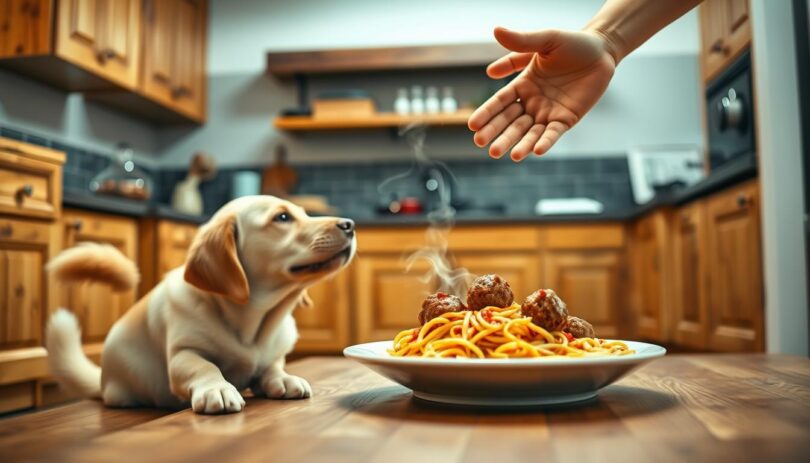
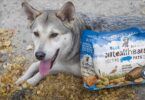
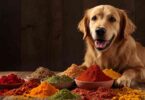
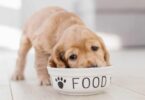
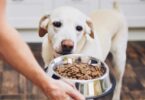
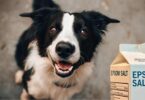
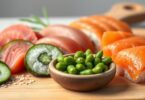

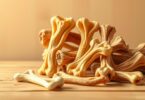
Leave a Comment